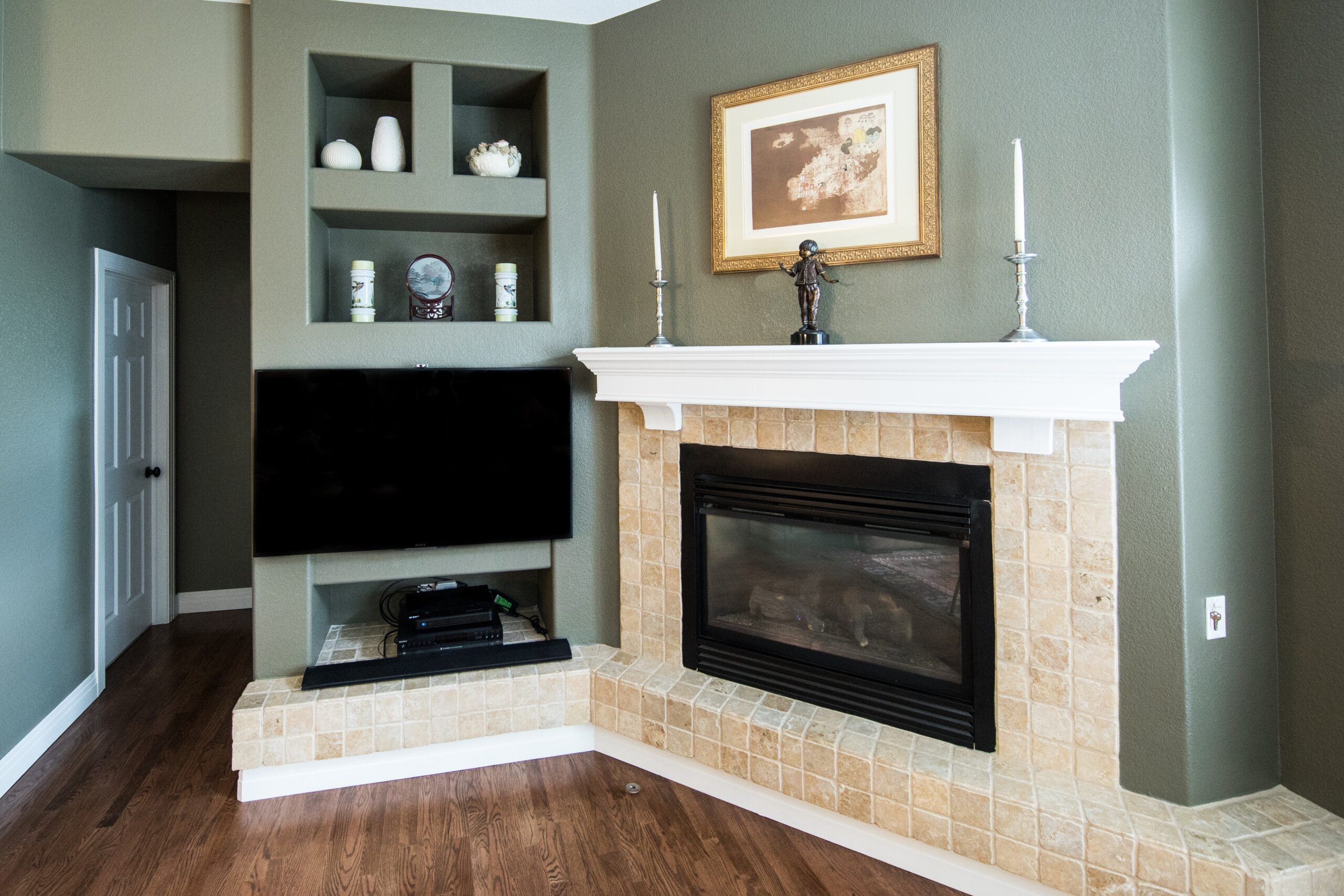

An indoor fireplace for your home can improve your life in a number of ways. You’ll have a direct source of radiant heat in winter, keeping you warm. You’ll get to enjoy the image and crackling noises, boosting the comfortable ambiance of your living room. You also may be able to boost the resale value of your home, if you intend to sell eventually.
But before you look into installing a fireplace in your home, there are some important things to keep in mind.
Before You Install a Home Fireplace
Be aware of these caveats and considerations before you finalize your decision to get a home fireplace:
- Not all homes can support a fireplace. First, understand that some homes are better able to support a new fireplace than others. With the sheer number of different fireplace types available, it’s almost certainly possible to get some kind of fireplace installed. However, you may not get the exact model you want. There may be restrictive city regulations preventing you from getting the model you want, or your home may require serious reworking to support the type of fireplace you want. Be sure to research what kind of fireplaces can work in your house and in your city before getting too far in the process.
- You’ll need to make several choices. The variety of fireplaces available is enormous, and there are dozens of important decisions to make. For example, what type of fuel will your fire consume? If you’re utilizing wood, where are you going to store that wood? Would you prefer natural gas or propane? What type of fireplace screen are you going to use? How will the fireplace fit with the rest of your room?
- Costs vary tremendously. If your home is flexible and you opt for an inexpensive model, you may be able to get a unit installed for just a few thousand dollars. However, if your installation is going to require some professional masonry, and if you’re opting for a higher-end model, you could end up paying $20,000 or more. This makes it hard to create a budget for your fireplace when you don’t even know what your options are.
- Fireplaces aren’t included in most home appraisals. While the inclusion of a fireplace in a heavily trafficked area of your home can increase the value of your home, it isn’t typically considered in a formal home appraisal. Instead, the value of the fireplace comes into play with its appeal to buyers; homebuyers may be more interested in homes with fireplaces, helping them sell quicker and/or get higher offers.
- Fireplaces aren’t energy efficient. If your main motivation in buying a fireplace is heating your home, you might want to reconsider. Fireplaces provide lots of ambiance and radiant warmth, but they consume a lot of energy in the process. Fireplaces that consume wood tend to cost far more to run than a conventional heater, and natural gas-consuming fireplaces are much less efficient than natural gas-based furnaces. This is partially because most of the heat generated by the fireplace is lost up through the chimney. It’s not a good idea to have your fireplace heat multiple rooms, nor is it a good idea to use your fireplace as a substitute for another heating mechanism. Instead, use them as peripheral sources of heat, serving as a complement to your main heating system.
- Maintenance and upkeep are required. If you want your fireplace to last in good condition, and if you want to maximize the safety of your setup, it’s important to maintain your fireplace. These maintenance requirements can vary depending on your type of fireplace and how the fireplace is set up, but you’ll almost always need to periodically clean the unit and the elements surrounding it, and will need to replace components as they wear out or become too dirty to use.
- It’s inadvisable to install the fireplace yourself. Almost every fireplace poses at least one safety hazard. For example, a wood-burning fireplace could pose a serious lung hazard if it’s not ventilated properly, and a natural gas fireplace could pose a danger if the gas line isn’t installed correctly. Accordingly, it’s inadvisable to install a fireplace by yourself if you don’t have any prior fireplace-related knowledge. Instead, have a professional handle it.
Exploring Your Options
Make sure you look at many different options and fully understand how they work, long before you finalize your decision. The more information you have available to you, and the more considerations you bear in mind, the better your decision will ultimately be. Not every home needs a fireplace, but if you approach your decision wisely, you won’t walk away disappointed.


